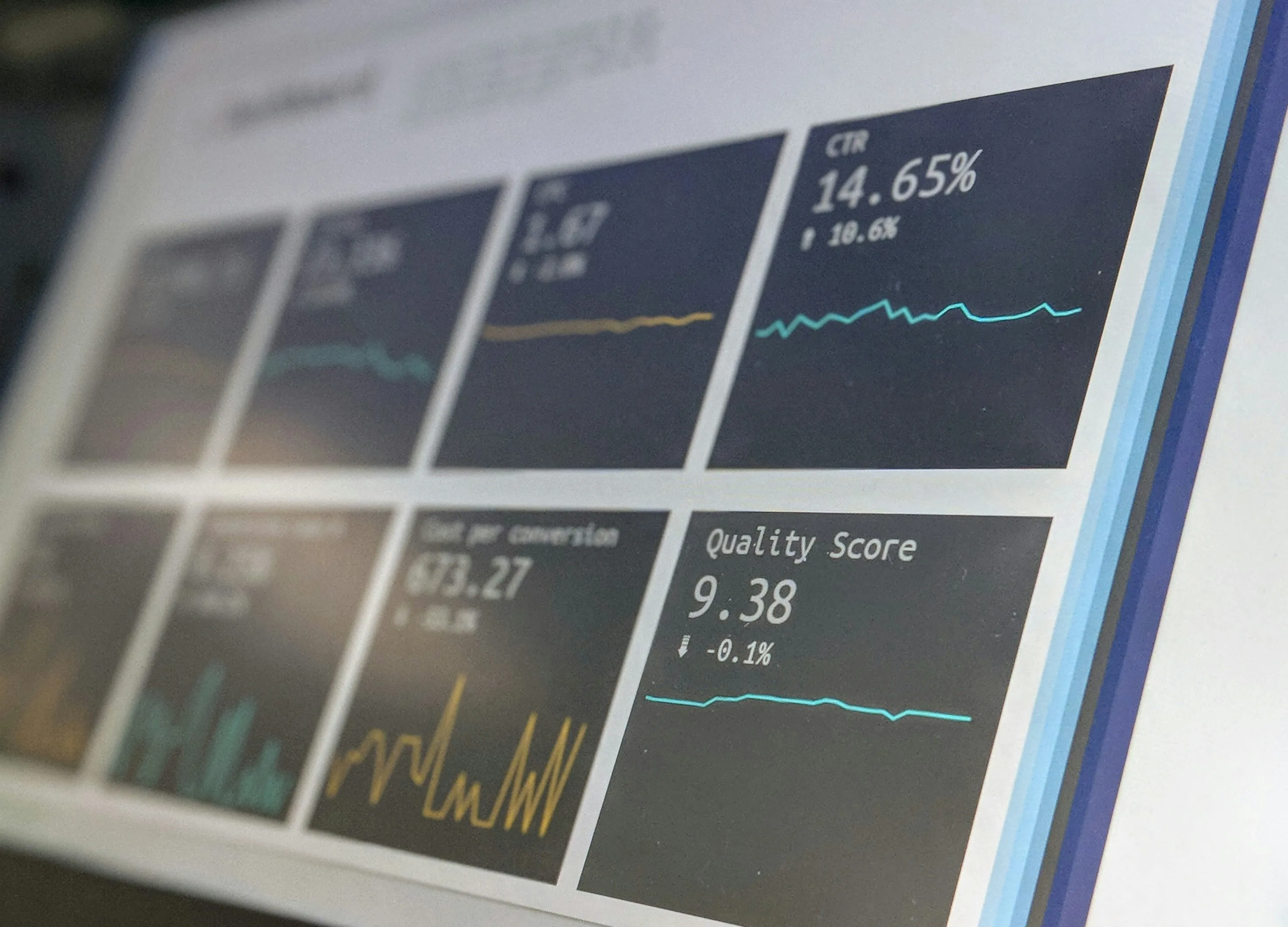

Best Practice Conversions
Modelogic can rebuild existing models and ensure they include best practice financial modelling principles such as using consistent formulas, formatting cells based on their purpose, adding error checks and alerts, separating inputs, calculations and outputs plus including navigation aids such as hyperlinks which work with a table of contents.

Planning and Forecasting
Modelogic can develop customised budgeting and forecast models which integrate within existing business processes, focusing on the key drivers of value. These models sometimes source data from finance systems and export the model outputs back into those finance systems.

Valuations
Modelogic has built many traditional ‘three-way financial models’ which allow users to use the income statement, balance sheet and cash flow statements to implement a variety of valuation methods. In many cases these models would include scenario and sensitivity functionality applied to key model inputs so users can understand the range of likely outcomes.

Electricity and Gas Price Reviews
Modelogic personnel have been involved in preparing and running the Excel models required for several submissions to the Australian Energy Regulator (AER) in relation to electricity price reviews and gas access arrangements.

Capital Raising
Modelogic has built many models to help clients obtain the right type and level of funding required to meet their business objectives. This typically includes analysing the impact on lending covenants for senior debt, equity and hybrid facilities.

Pricing
Modelogic has assisted clients to understand, price and bid for contracts to manage public or private services such as hospitals, prisons, airports, patient transport and security services by developing pricing models which perform bottom-up cost analysis.

Project Finance
Project finance modelling evaluates the feasibility and profitability of large-scale projects, typically in sectors such as infrastructure, energy, natural resources, and real estate development. It involves creating complex financial models that simulate the anticipated cash flows, financial performance, and risks associated with a specific project over its lifecycle.

Scenario and Sensitivity Analysis
Many clients value being able to quantify the impact of different views of the world when forecasting and trying to decide on the best way forward for a business. Scenarios allow clients to understand how a collection of inputs, when applied together, create different projected outcomes. In contrast sensitivity analysis allows clients to understand how changing one key value driver at a time impacts a range of model outputs.

Corporate Consolidation Tools
Corporate consolidation tools are instrumental in assessing the financial implications and benefits of acquisitions, enabling detailed analysis of individual business areas within larger groups. These tools facilitate the evaluation of business model changes, examining their impact on financial statements, performance metrics, and overall value. Additionally, they aid in identifying specific areas of concern by analysing the contributions of distinct business units, geographic regions, customer segments, or product mixes.

Data Conversion and Reporting
Data conversion and reporting is the process of transforming raw data into a structured format that is meaningful, understandable, and actionable for decision-making purposes. Data is converted from its original form into a cleansed and standardised format suitable for reporting. Subsequent analysis, visualisation, and presentation to stakeholders is achieved via reporting which includes creating interactive dashboards, charts, graphs, tables, and reports that provide insights into key performance indicators (KPIs), trends, patterns, and anomalies within the data.

